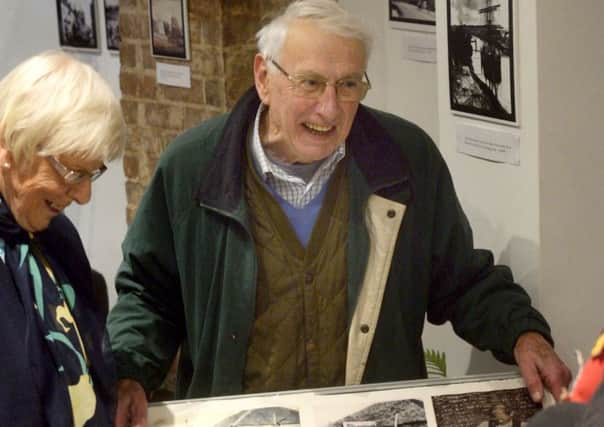Revealing the stories beneath the trees


You might even have visited the British Museum’s recent Celts exhibition, or, like me, look forward to the Natural History Museum’s annual Wildlife Photographer of the Year show.
These events are a great way to showcase new research.
Museums generally produce their temporary exhibitions themselves, but a recent local example has bucked this trend.
Advertisement
Hide AdAdvertisement
Hide AdAs part of the Secrets of the High Woods project, led by the South Downs National Park Authority, an exhibition is being designed to travel to museums in and around the national park so that as many people as possible can learn about this amazing project.
For the past two years the Secrets of the High Woods project has been exploring beneath the ancient woods of West Sussex.
This is an area where, until recently, much of the archaeology was hidden from view.
In 2014 the project captured LiDAR data which has revealed a host of human stories hidden beneath the trees.
Advertisement
Hide AdAdvertisement
Hide AdInformed by the LiDAR data a community of volunteers is rediscovering a lost landscape using physical evidence on the ground and researching old maps and documents to understand how people have lived here, from the first farmers to the present day.
The exhibition tour starts at Queen Elizabeth Country Park in the first week of May.
It then travels to Portsmouth, Arundel, Singleton, Butser, Chichester, Petersfield and Midhurst.
On June 1 it joins a special Hidden Past festival at Portsmouth City Museum packed full of free family entertainment bringing the histories of the area to life.
The project team is designing the exhibition itself.
Advertisement
Hide AdAdvertisement
Hide AdHoweverm it has been working with museum professionals to help with the planning.
Apart from the exhibition’s content, which includes 3D reconstructions and complex digital media, there is a lot more to be considered.
We need to arrange insurance, transport, security and power supply, as well as ensuring that the exhibition can be installed in almost any space, no matter how small or awkward.
An enormous amount of planning and work has gone into this touring exhibition.
How will we know that the effort has paid off?
If you visit the exhibition and can’t tell how hard we worked on it, then we know it was worth it.